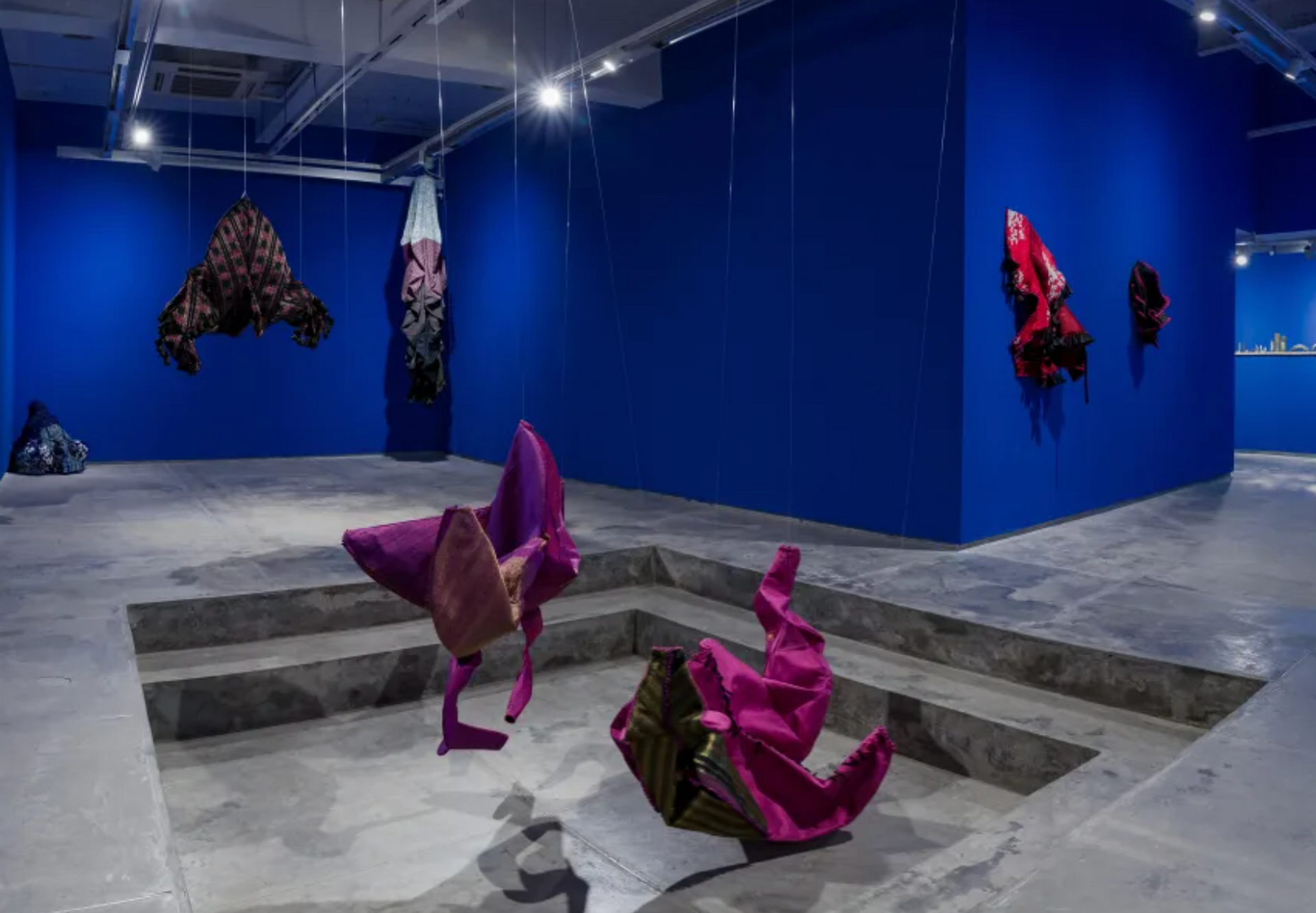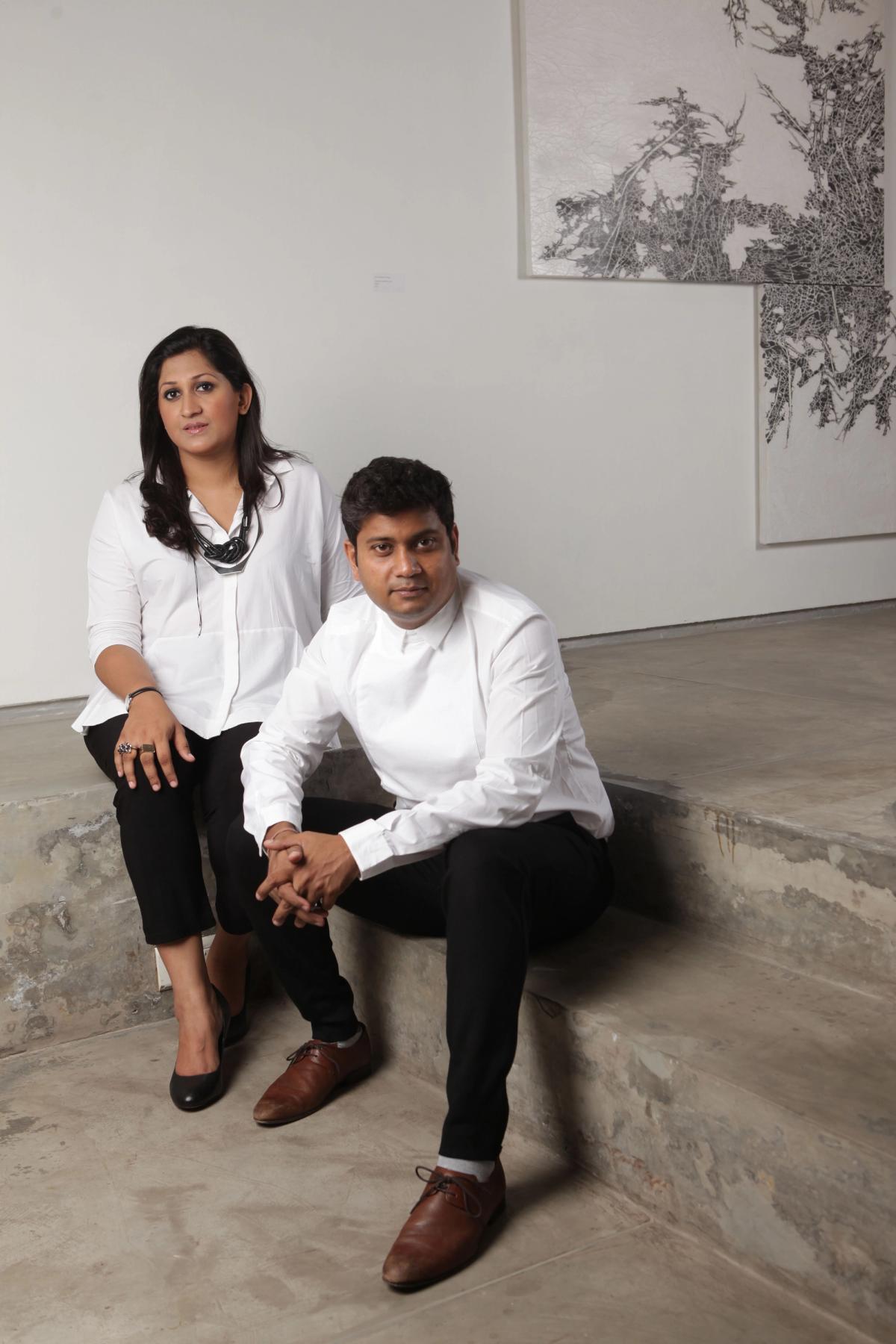One of India's most prominent commercial galleries, Experimenter, based in Kolkata, will open a location this September in Mumbai, the country's largest city and financial capital. It will take over a 3,000 sq. ft space in a 19th-century building in the southern gallery hub neighbourhood of Colaba.
The move is unsual—though not unheard of—in India, where dealers tend to expand within a single city, rather than establish locations in various ones. "It's not something that galleries here tend to do, but other retail formats have certainly succeeded in doing so," Experimenter's co-founder Priyanka Raja says. She established the gallery with her husband Prateek in 2009.
Logistically, she adds, the expansion is necessitated in part by India's vast size. "This is not the same as a Cologne gallery opening a second space in Berlin. Mumbai is nearly a three-hour flight from Kolkata. Right now if we need to resolve something on the other side of the country, we can't do it immediately."

Experimenter will take over a first-floor gallery space in the Colaba neighbourhood of Mumbai. Courtesy of Experimenter
The Mumbai gallery joins two Experimenter spaces in Kolkata, the second of which was established in 2018. "We wanted something close enough to home and somewhere we know our programme has an audience. We frequently have Mumbai clients tell us that they'd like to see local shows of our artists like Naeem Mohaeimen," Prateek Raja says. He adds that Experimenter "tries as hard as possible" to limit the number of its artists who share representation with other galleries, meaning that, until now, Kolkata is often the only city in which those on the gallery's roster can stage solo selling shows.
They will open the space with an exhibition of new work by the Dhaka-based artist Ayesha Sultana, best known for her monochromatic drawings and sculptures in graphite. In addition, they will stage a series of shows across the city in non-art spaces, such as a repurposed former ice factory, which will host a sound and sculptural installation by Bani Abidi. This forms a natural extension of their Kolkata programme that involves a number of institutional partnerships and non-selling inititaives focused on local communities.
"We've always sought to distinguish ourselves from the white cube, Western gallery model", says Prateek Raja, who terms Experimenter an "incubator for contemporary practice"—a function that is born "from necessity as much as anything else", he adds. "In India, commercial galleries plug the absence of kunsthalles, institutions and inadequate government arts funding. So many of our decisions aren't taken with the same commercial considerations that a gallery following a Western model might," Priyanka Raja says. "That being said we'd obviously like to find a new collector base in Mumbai and sell well, and unless we go there we won’t know."

Installation view of Kallol Datta at Experimenter Hindustan Road, Kolkata. Courtesy of Experimenter
Both gallerists admit that the westward move is something of a test for their programme, which they say is one of the most conceptually rigourous and multifaceted in the subcontinent. Whether it will find a home in a city known better for commerce than intellectualism now remains to be seen. "Kolkata is rooted in the DNA of the gallery, it will always be home. We opened up there because of its long academic history, which we thought would fit with our discursive programme," Prateek Raja says. "Our openings are packed and filled with debate, and our galleries are always populated. Now we shall see whether Mumbai will embrace us in the same way," he adds.
But though its programme might promise a different flavour to Mumbai, Experimenter's new space will be familiar to the city's gallery-goers. It is the current premesis of Galerie Mirchandani + Steinruecke, which after 16 years will be moving to a larger, 5,000 sq. ft space in the Ballard Estate area of the Fort neighbourhood.
This move also comes with a change in the leadership of the gallery, which until recently was run by the mother-daughter duo Usha Mirchandani and Ranjana Steinruecke. Mirchandani has recently stepped down; according to Steinruecke, who is now sole proprietor, the name of the gallery will not change as her mother was "pivotal in the establishment and fabric of the operation".


